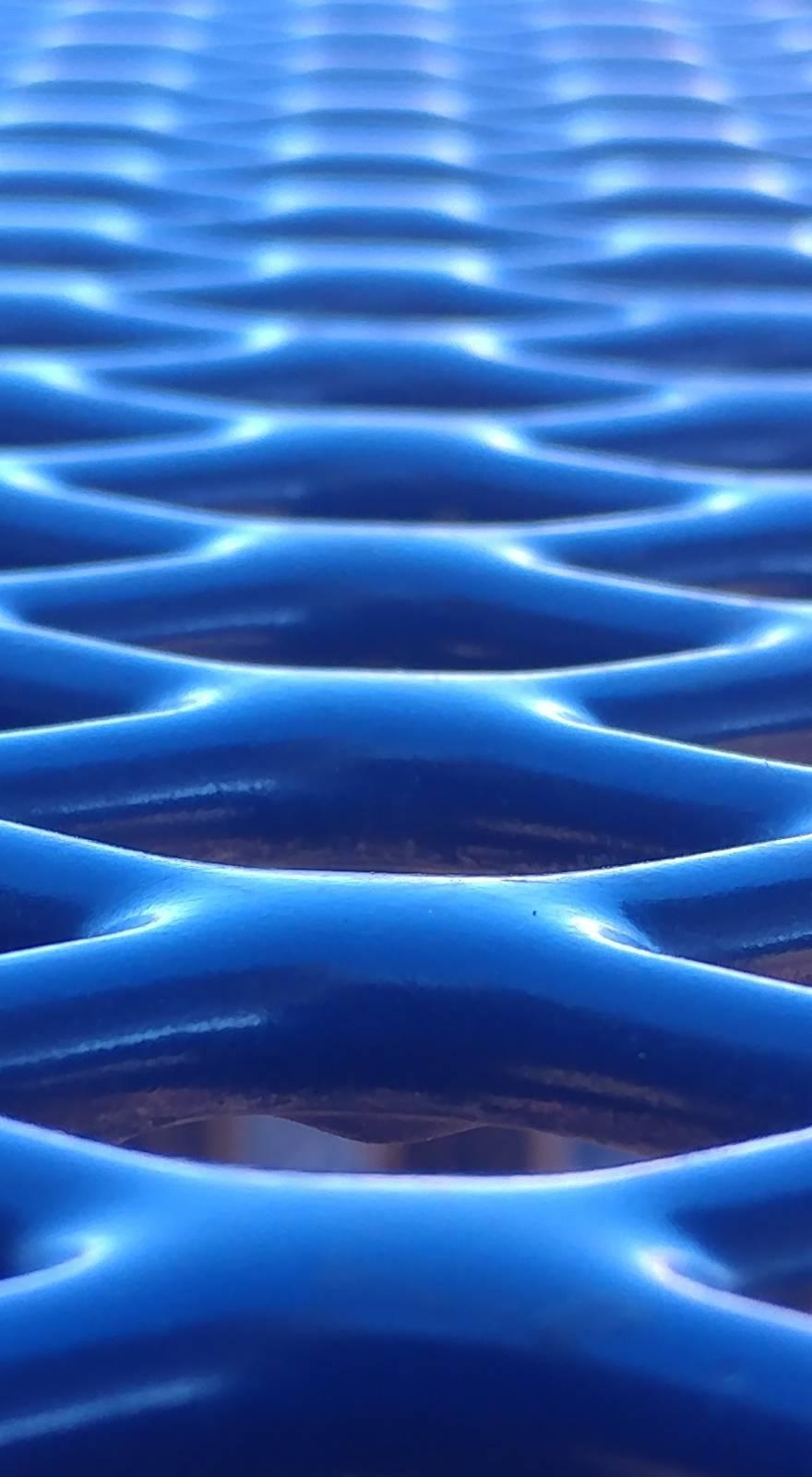Enhanced TDS
Knowde-enriched technical product data sheet
Identification & Functionality
- Base Oil Type
- Product Type
- Technologies
- Product Families
- Composition
OPTICOOL 572(E) blends synthetic and micro-emulsion technology to offer maximum lubrication and cooling properties. The water/oil soluble additive package extends sump life and offers excellent foam control. These additives along with the base lubricant provide both hydrodynamic (barrier film) and boundary lubrication which effectively extend tool life and result in superior surface finish. OPTICOOL 572(E) does not contain nitrites, phenols, sulfur, mercurials, formaldehyde or chlorinated additives.
Features & Benefits
- Labeling Claims
- Ready-to-Use Product Features
- Properties
- Excellent Lubrication/Cooling Properties
- Excellent Foam Control
- Clean, Safe Work Environment
- Superior Heat Dissipation
- Extreme Pressure Capability
- Excellent Hard Water Stability
- Reduces Mist and Inhalation Hazards
- Resists Microbial Attack
- Excellent Corrosion Protection
- Mild to the Skin
Applications & Uses
- Markets
- Application Area
- Suggested Uses
- Milling
- Drawing
- Sawing
- Turning
- Broaching
- Tapping
- Grinding
- Drilling
- Threading
- Stamping
- Reaming
- Directions
OPTICOOL 572(E) should be added to water at the recommended starting point. It is important that the coolant be added to water. Do not add water to the coolant. Before adding OPTICOOL 572(E) to any reservoir remove old coolant, fines and residues from the system. Drain the old coolant from the sump; charge the system with Chesterton’s 218(E) HDP Cleaner at 5% concentration. Circulate the cleaner for up to 2 hours through all lines, tool holders and work pieces. Dilutions in excess of 25:1 are not recommended since the corrosion protection and resistance to bacterial attack will be reduced.
- Recommended Starting Dilutions
Alloy Steels Carbon Steel Aluminum Broaching 10% 10% 5% Boaring 10% 5% 5% Drilling 10% 5% 5% Milling 10% 5% 5% Reaming 10% 5% 5% Tapping 10% 5% 5% Turning 5% 5% 5% Stamping 10% 10% 10% Drawing 10% 10% 10% Grinding 4% 4% 4% Machining 7% 5% 5%
Properties
- Physical Form
- Appearance
- Clear, amber
- Soluble in
- Water
- Physical Properties
| Value | Units | Test Method / Conditions | |
| Base Fluid | Semi Synthetic | - | - |
| Flash Point | None | °C | - |
| Freeze Thaw Stability | Pass | - | - |
| pH (10% Concentration) | 9.2 | - | - |
| pH Concentrate | 9.2-9.4 | - | - |
| Refractometer Factor (per °Brix) | 1.6 | % | - |
| Specific Gravity | 1.04 | - | - |
Storage & Handling
- Coolant Maintenance
Concentration of the fluid changes constantly during use due to evaporation and “drag out” on chips. Volume loss to evaporation is 100% water. For maximum performance, the concentration should be monitored and maintained on a regular basis. The Brix factor gives the approximate relationship between coolant concentration and refractometer reading. Often it is helpful to monitor the sump’s pH. If the pH is or drops, below 8.5 the sump requires conditioning. Adding fresh coolant or Opticool additives to restore the pH level, maximizing coolant performance.
- Clean Up
Residual Coolant on parts, equipment and machine tools is easily removed by rinsing with water.
- Waste Disposal
Primary treatment by an oil separation or settling tank will remove solids and tramp oil. At this point, it is possible that adjustments to the concentration could be made and the coolant may be reclaimed for continued use.

